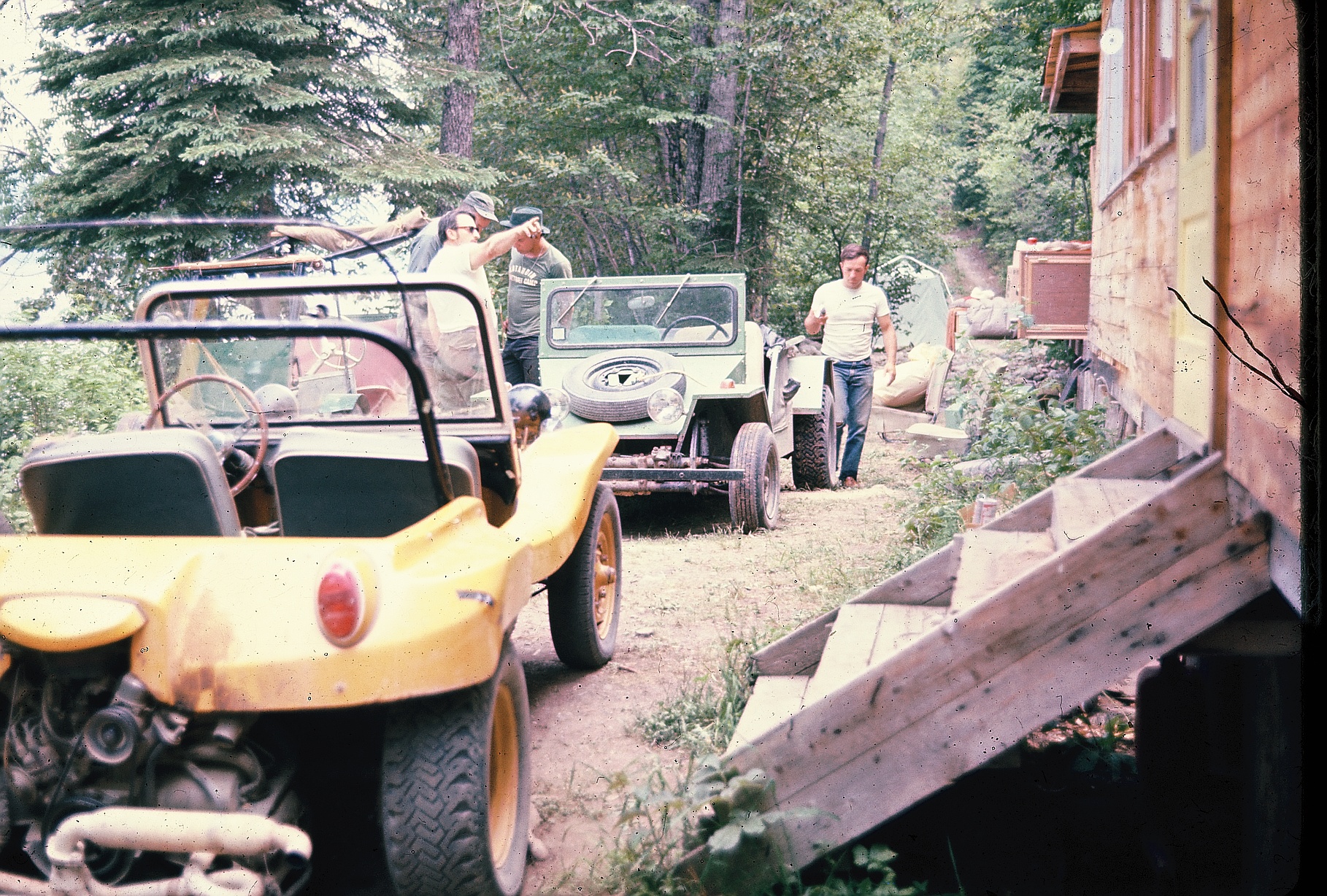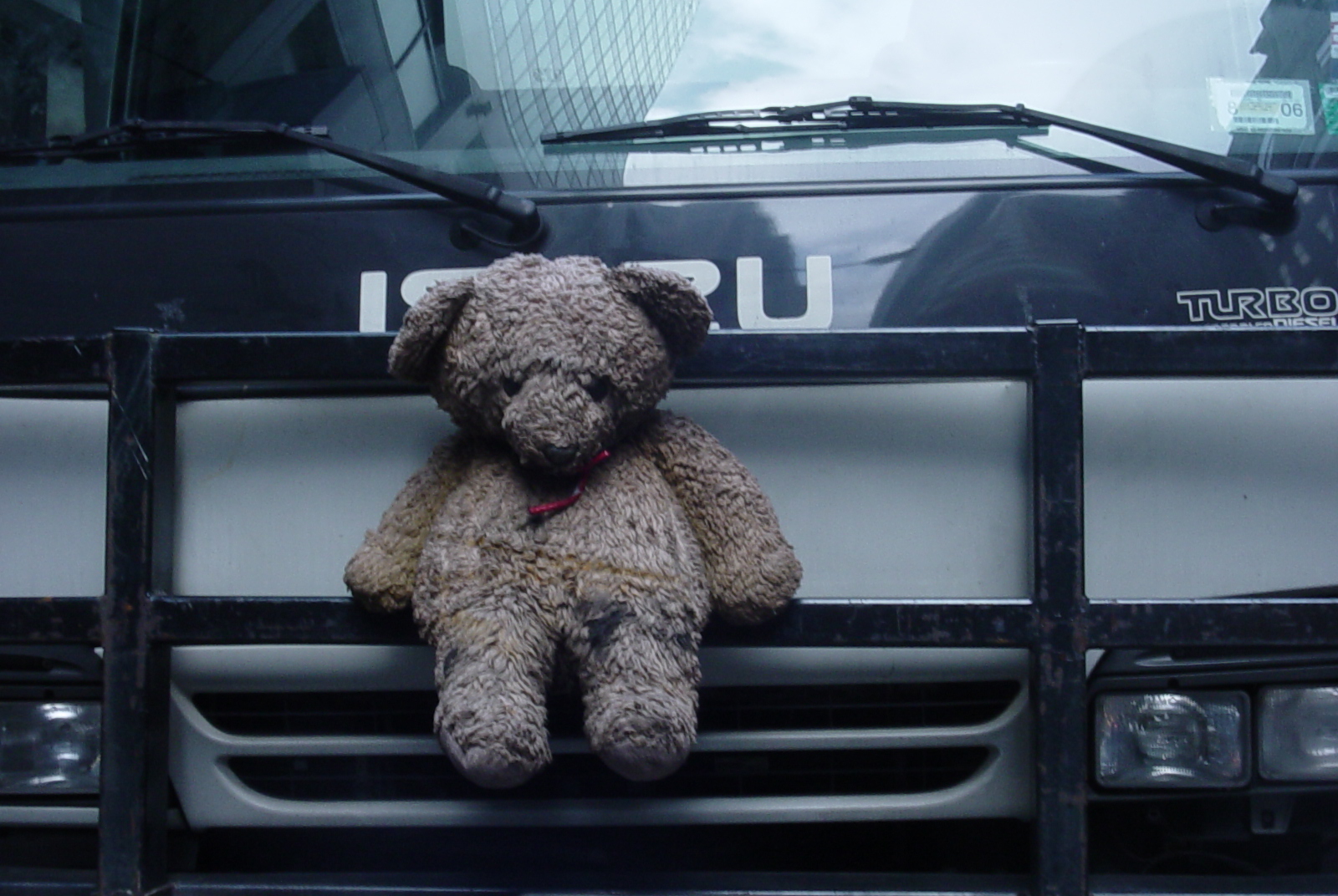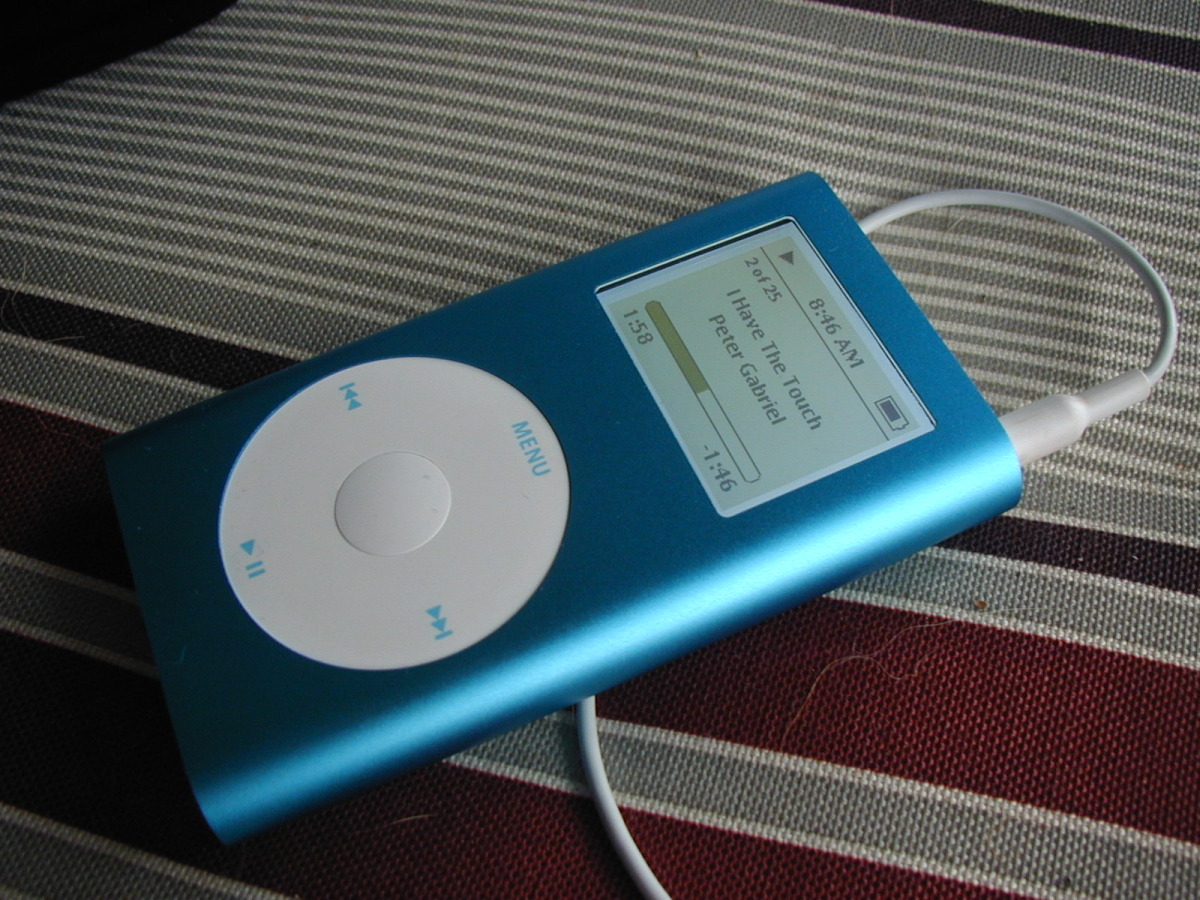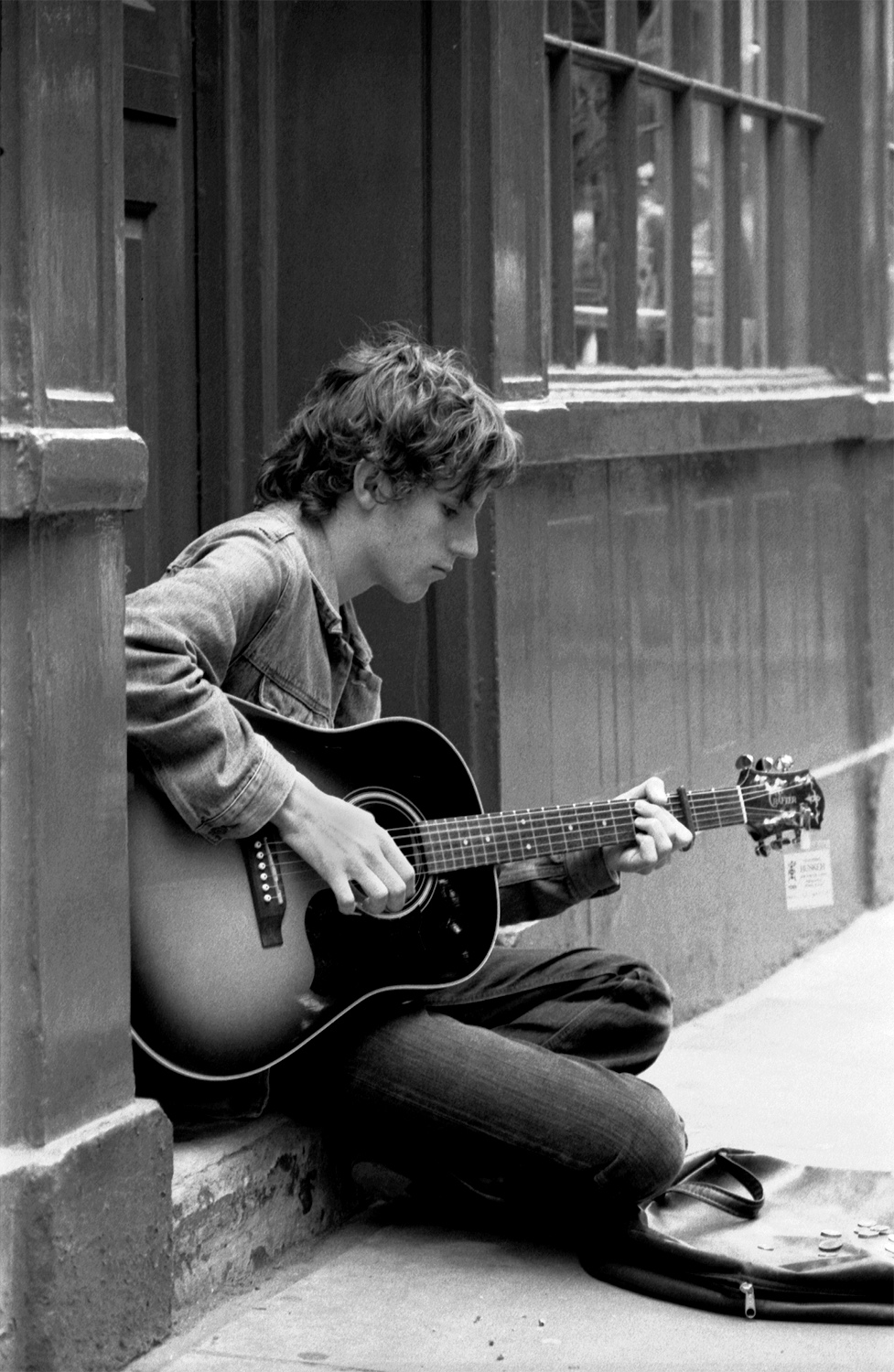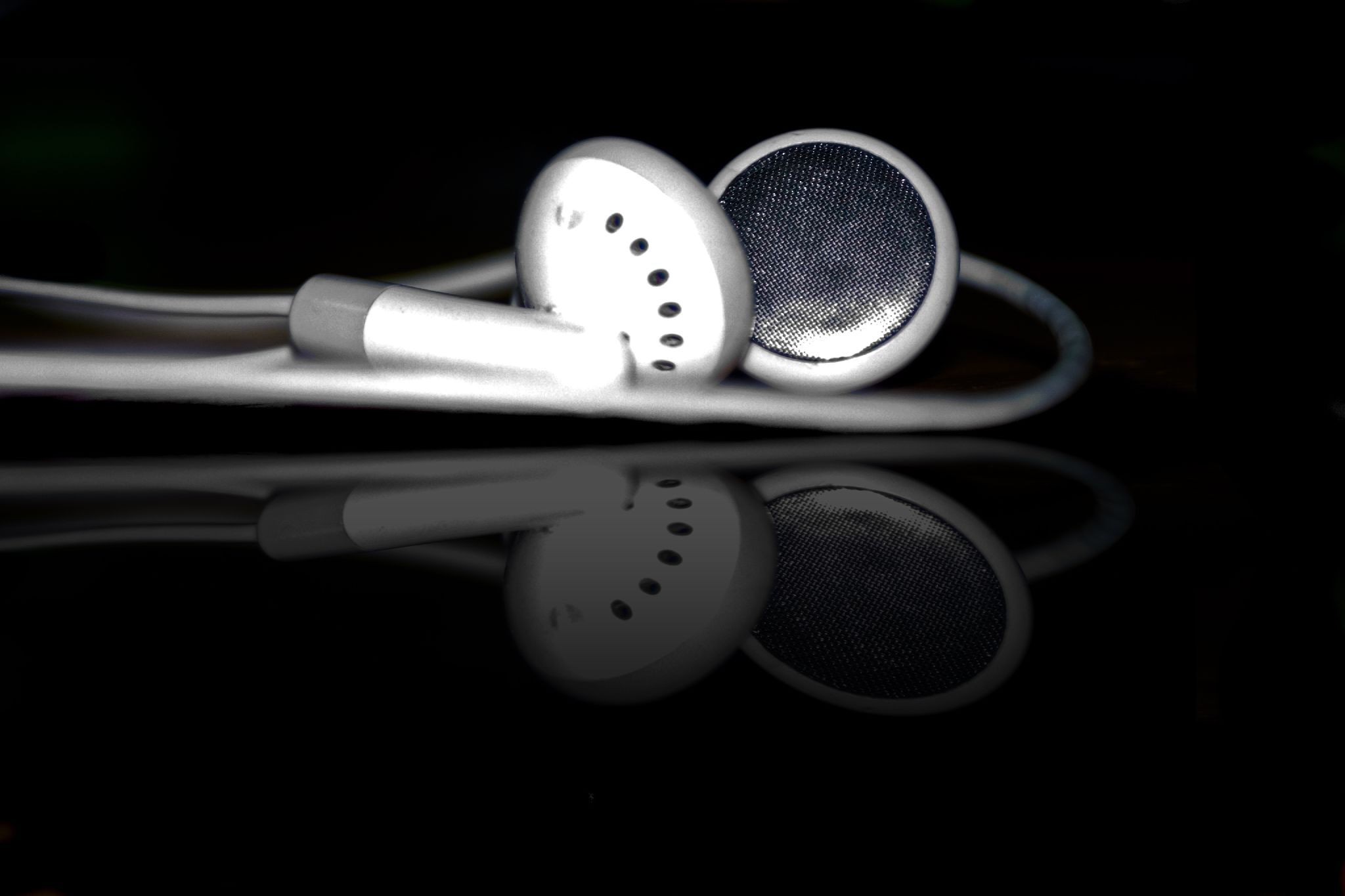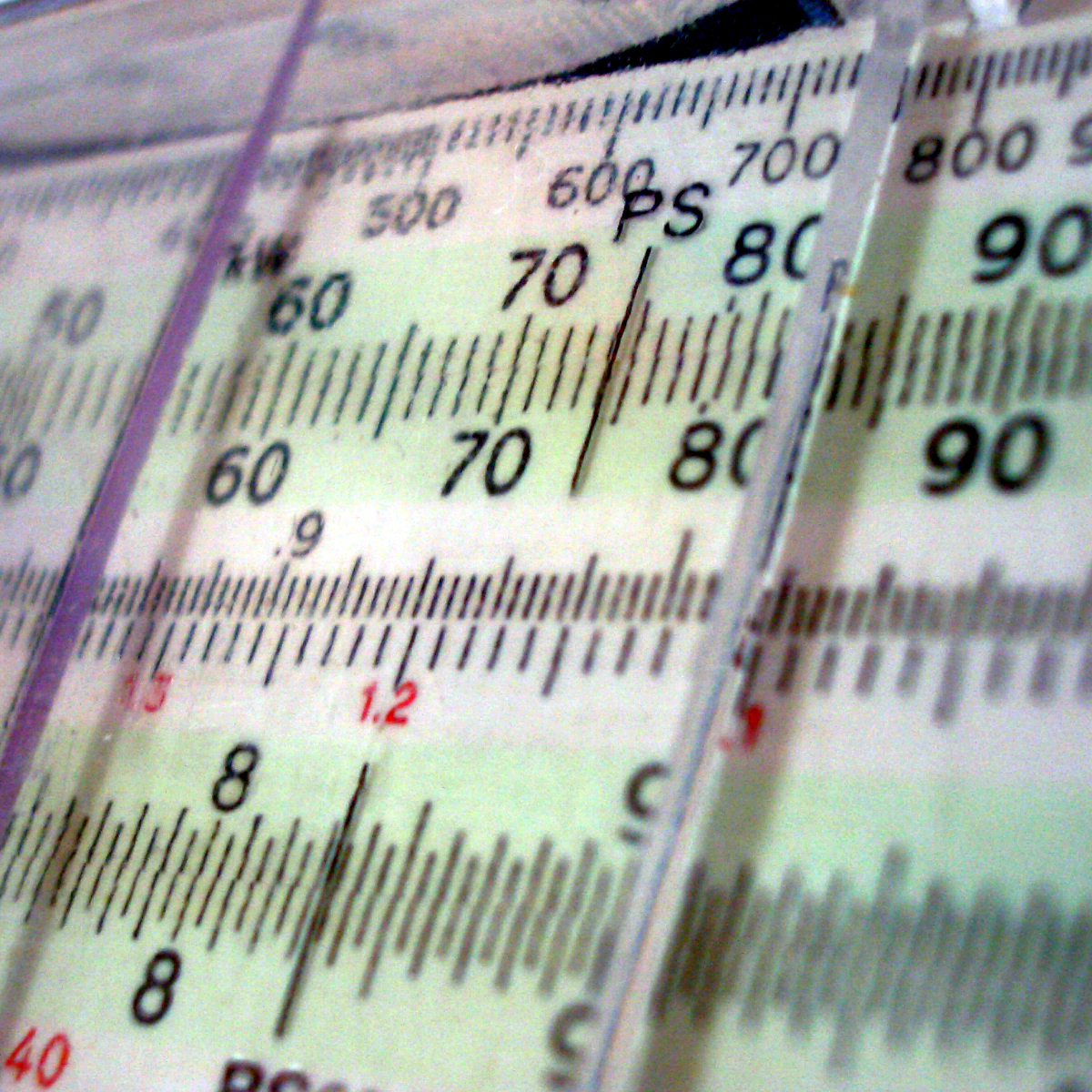I am in a storytelling mood, and so here comes another one. I swear, by all people precious to me, that this is a true story and not a tall tale. I have to say it, because you, the reader, might not believe the account or the accuracy of my memory.
My dad first took me camping when I was seven years old. Where I’m from, camping had nothing to do with RVs or tidy, civilized campgrounds, or at least when I was a kid. My dad, uncle and their crew—about 10 men—headed deep into the woods along the Crown of Maine, or Aroostook, west of an area better known as the St. John Valley.
